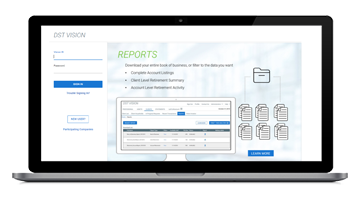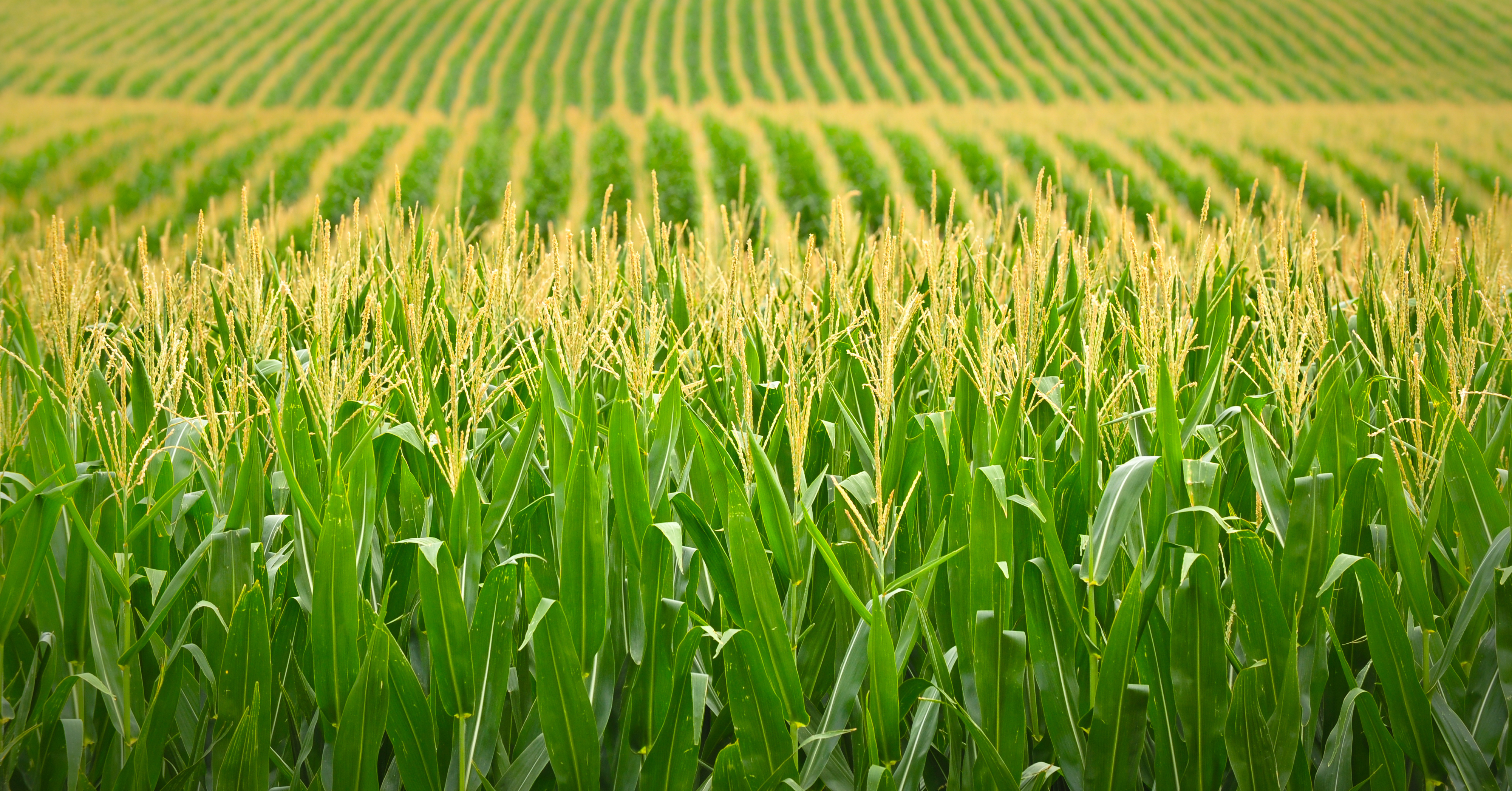Alternatives
-
Direct lending outlook: four expectations for 2024
Learn why this very moment represents an attractive entry point for direct lending—and why it’s likely to continue shining as a critical part of a diversified portfolio.
Read more -
The opportunities and challenges of international trade in agriculture
An imbalance between limited natural resources and the growing appetite for farm products makes agricultural trade critical to meeting global food demand, bringing with it further opportunities for agricultural producers, agribusinesses, and investors.
Read more -
Asset-based lending market opportunity: wide open with potential yield
Private asset-based lending is critical to the global economy and is an opportunity that we believe is impossible to ignore.
Read more -
Building portfolio resilience at the macro level
When is the right time to allocate to macro? Low-correlated strategies such as global macro are designed to be strategic allocations.
Read more -
Why invest in agriculture now?
The solid fundamentals supporting farmland as an asset class remain. Now, new advances are sustainably increasing farmland yields while creating additional income streams.
Read more -
Using alternatives to help improve the risk-adjusted returns of a 60/40 portfolio
Alternative investment strategies may help to improve the risk-adjusted returns of a 60/40 stock-bond portfolio. We explore different portfolio construction approaches.
Read more -
Mezzanine financing can shine when macro clouds loom
Investors extending mezzanine financing to the middle market now have an opportunity to lock in fixed-rate contractual coupons while they’re still high.
Read more -
Understanding the alternative investment landscape
Alternative investments can be wide ranging. To understand the role of each within a portfolio, we look at a framework for categorizing different alternative strategies.
Read more -
Farmland's inflation-hedging characteristics
A comprehensive analysis of different crop types’ performance in an inflationary environment.
Read more -
Why invest in alternative investments now
A new macroeconomic regime strengthens the case for alternative investment solutions.
Read more

























